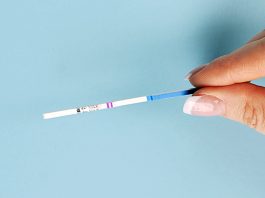What is noradrenaline?
Noradrenaline is a neurotransmitter that is used by the sympathetic nervous system to send messages to other nerves and also muscle tissue.
Noradrenaline is also a hormone that is produced and secreted by the medulla (inner part) of the adrenal glands in direct response by nervous stimulation.
Noradrenaline causes blood pressure to rise, the heart to beat faster, increases metabolism and blood glucose levels and increases energy production and blood flow to the extremities.
Important noradrenaline facts
- The amino acid tyrosine is a precursor to noradrenaline
- Dopamine needs to be synthesised to produce noradrenaline
- Noradrenaline is known as a neurohormone as it acts as both a neurotransmitter and hormone
- Noradrenaline is also known as norepinephrine
- Noradrenaline is a neurotransmitter of the adrenergic nervous system
- Noradrenaline stimulates the body systems to prepare to “fight or flight”, which is a well-known human preservation reaction to any dangerous situations
Why noradrenaline is important
Noradrenaline activates two types of cell membrane receptors:
- A-receptors – contracts smooth muscle (except in the intestines)
- B-receptors – relaxes smooth muscles; increases rate and force of heart muscle contractions
Noradrenaline is also an important neurotransmitter in many parts of the central nervous system, where it participates in blood pressure regulation, arousal and mood.




